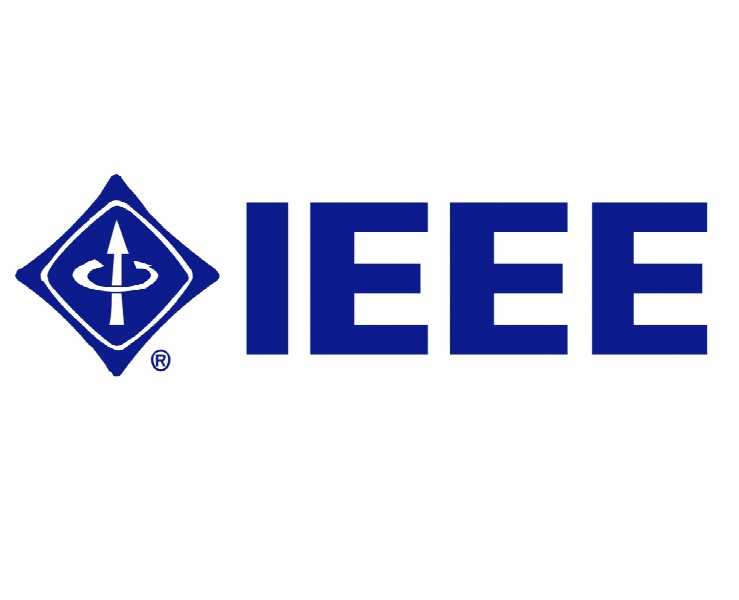الگوریتم خوشه بندی مبتنی بر گرید با تحلیل بار برای اینترنت اشیا صنعتی A Grid-based Clustering Algorithm via Load Analysis for Industrial Internet of Things
- نوع فایل : کتاب
- زبان : انگلیسی
- ناشر : IEEE
- چاپ و سال / کشور: 2018
توضیحات
رشته های مرتبط مهندسی کامپیوتر، فناوری اطلاعات
گرایش های مرتبط الگوریتم ها و محاسبات، اینترنت و شبکه های گسترده، شبکه های کامپیوتری
مجله IEEE Access
دانشگاه Chang Chun University of Science and Technology – China
منتشر شده در نشریه IEEE
کلمات کلیدی انگلیسی clustering algorithm, energy-balanced, load analysis, industrial internet of things, wireless sensor network
گرایش های مرتبط الگوریتم ها و محاسبات، اینترنت و شبکه های گسترده، شبکه های کامپیوتری
مجله IEEE Access
دانشگاه Chang Chun University of Science and Technology – China
منتشر شده در نشریه IEEE
کلمات کلیدی انگلیسی clustering algorithm, energy-balanced, load analysis, industrial internet of things, wireless sensor network
Description
I. INTRODUCTION Industrial internet of things (IIoT) brings the 4th industrial revolution and makes the whole world move to Industry 4.0, it will increase the production efficiency by 25%. Industrial wireless sensor network(IWSNs) is the underlying support technique of IIoT. Meanwhile, the development of cloud computing [1,2] and mobile communicating technology [3] have made wireless sensor networks(WSNs) ubiquitous, numerous fields such as environmental monitoring [4,5], industrial production [6], smart home [7,8], traffic monitoring [9,10] and health care [11] have employed WSNs to collect data periodically from a monitored area. Some sensor nodes with finite energy, computation ability, and storage ability self-organize into a network to accomplish application tasks. However, the limited energy of sensor nodes (their batteries cannot be replaced conveniently) restricts the lifetime of a network. Prolonging the lifetime of a network is an important task. For prolonging the lifetime of a network, Cluster-based routing protocols are superior to flat routing protocols [12- 14]. However, energy consumption imbalance remains as a problem [15, 16]. In equal size clustering routing protocols, the cluster heads (CHs) close to the base station (BS) are burdened with more loads than those far from the BS [17-19]. Thus, the sensor nodes in these clusters exhaust their energy faster than those in other clusters, and finally the network is partitioned into pieces. Consequently, the network is unable to coverage the whole monitored area. Unequal size clustering has advantage to achieve balancing energy consumption of the network and prolonging the network lifetime. Since there are more CHs near the BS to undertake the network load than that under equal size clustering. In general, the network lifetime is defined as the round when the first dead node appears. Ideally, supposing that all nodes in a network deplete their energy at an equal rate, the network lifetime will be the longest. To realize the goal that maximizing the network lifetime, it is crucial to balance energy consumption of nodes in the network. The CH in a cluster receives packets from its cluster members (CMs) and other CHs. Thus, it consumes more energy than CMs and plays a key role in the network. Accordingly, several points need to be considered to achieve the goal: 1. How to obtain the optimal unequal cluster sizes? 2. How to select the optimal CHs? 3. When and how to rotate the CHs?


